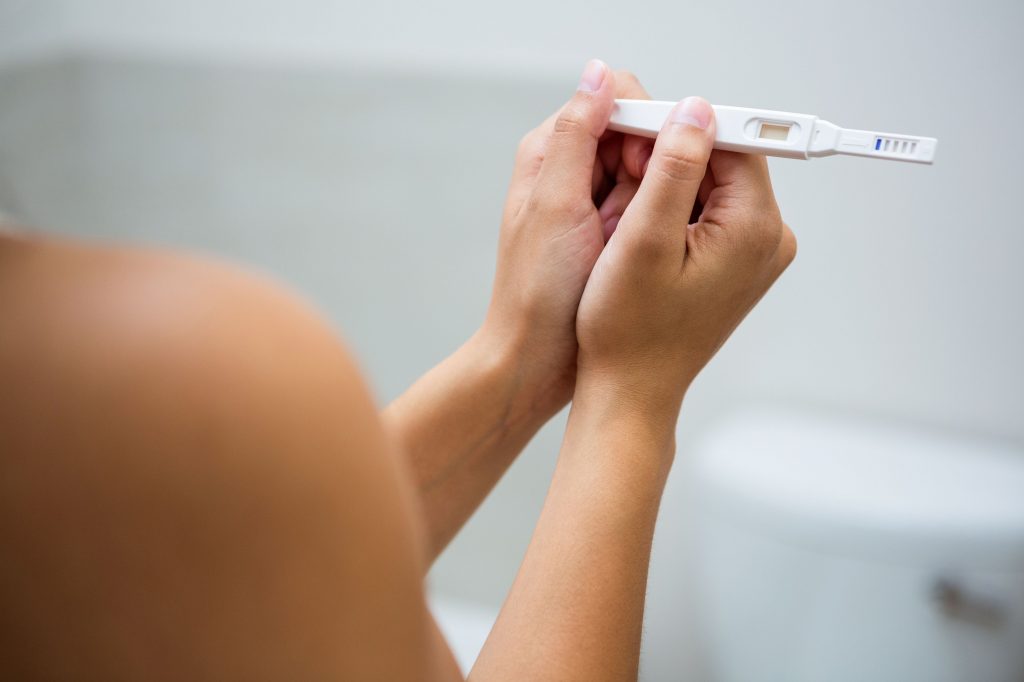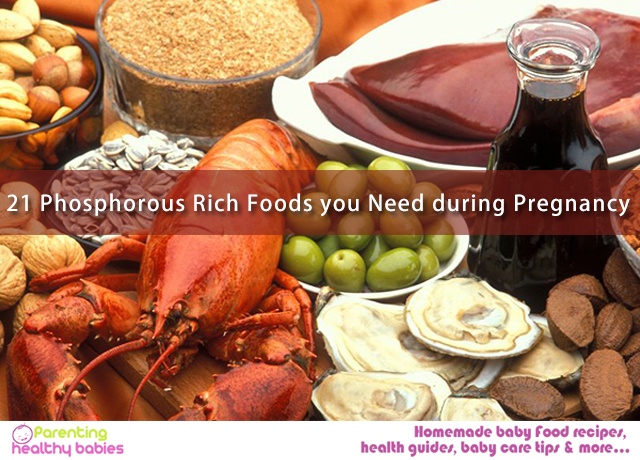Written by Amy Beckley, PhD, founder of Proov and inventor of the first and only FDA cleared PdG (progesterone marker) test.
In a woman’s body, hormones are queen. They impact everything from our cycle to physical changes, and even our mood!
While hormones play an important role throughout our lives, they become even more paramount when trying to conceive. Understanding the 4 key cycle hormones can set you up for success if you want to have kids one day.
The 4 key cycle hormones that impact fertility — FSH (follicle stimulating hormone), estrogen, LH (luteinizing hormone), and progesterone — can give you more insight into your cycle health, ovulation, and ability to conceive.
If getting pregnant is your goal, these are the main players in the game! Keep reading to learn more.
Back to the Cycle Basics
There’s a lot to know about the menstrual cycle, but it’s not as complicated as it may seem! There are two main phases in your cycle: the follicular phase and the luteal phase. The follicular phase lasts from the first day of your period to the day that you ovulate, which typically occurs mid-way through the cycle. The luteal phase then begins after ovulation, and ends the day before your period begins.
The 4 essential cycle hormones work together to regulate the cycle and ovulation. If they are not properly rising and falling at their respective times during your cycles, this could be an indicator of a potential imbalance that could impact your chances at conception.
Understanding these hormones and their patterns can help you unlock information about your fertility puzzle. Let’s dive in!
Follicle Stimulating Hormone (FSH)
FSH, or follicle stimulating hormone, is pretty self explanatory. The brain sends an FSH signal to the ovaries to stimulate them to grow follicles each cycle. Follicles contain eggs and FSH is necessary for maturing the eggs and follicles in preparation for ovulation. Once the follicles are developed and one is completely mature, it will release an egg.
Women are born with all the eggs they’ll ever have and you ovulate over the course of your life, the amount of eggs you have left slowly decreases over time. FSH is a marker of ovarian reserve – the amount of eggs you have left in your ovaries.
As we age and the reserve decreases, the ovaries have a harder time recruiting a mature, dominant follicle. In this case, your body needs higher levels of FSH to stimulate the ovary. So, higher levels of FSH indicate a lower ovarian reserve.
If you’re considering trying to conceive, at-home FSH tests can give you an idea of how much time you have left to conceive. These results can help you and your doctor make a plan, if necessary.
Estrogen
Estrogen comes into play right after FSH; as a follicle grows and becomes dominant, it starts producing estrogen. Estrogen levels rise as we get closer and closer to ovulation, meaning it serves as the earliest sign of your fertile window.
Additionally, estrogen helps your uterus prepare for pregnancy by thickening the uterine lining. This is where a new embryo will make its home!
Estrogen can start rising about 5-7 days before ovulation is predicted to occur, therefore providing you with your longest possible fertile window. When trying to conceive, knowing this fertile window tells you when intercourse is most likely to result in conception — this is the time to “try!”.
Let’s break this down even more – ovulation means an egg is released and an egg can only survive for 12-24 hours after ovulation. While this seems like a very short period of time for conception to occur, the good news is that sperm can live inside the female reproductive tract for up to 5 days waiting to meet with the egg. This means that timing intercourse around your fertile window (often signaled by an estrogen rise) gives sperm the best possible chance to meet up with the egg!
There are two different ways to measure your estrogen: through a blood draw from your doctor, or via an urine-based E1G (estrogen marker) test from Proov.
Luteinizing Hormone (LH)
Aside from a pregnancy test, ovulation tests are one of the most popular tools when trying for a baby. For those that have used an ovulation test before, you may be familiar with the hormone they measure: luteinizing hormone (LH)!
Once estrogen hits a high level, this tells your brain that the egg is mature and ready for ovulation. The brain then sends a surge of LH to trigger the follicle to release that mature egg.
LH typically surges about 12-36 hours before ovulation should occur, meaning a positive ovulation test identifies your 2 most fertile days. Contrary to popular belief, a positive ovulation test actually does not tell you whether or not ovulation has occurred — just that you’re entering the 2 most fertile days of that cycle.
Progesterone
Once ovulation occurs and the egg is released, it leaves behind the empty follicle. Also called the corpus luteum, the empty follicle starts producing progesterone, which is sometimes called the “pregnancy hormone.”
Progesterone gets that nickname because it helps support conception and pregnancy. After estrogen thickens the uterine lining, progesterone makes it “sticky” enough so that a newly formed embryo can find a place to comfortably make its home. An embryo attaching to the uterine lining is called “implantation.” Progesterone needs to remain elevated during the entire implantation window — basically the time when implantation can occur — to allow for the best chance of pregnancy.
In fact, low progesterone levels after ovulation could make trying to get pregnant more difficult. Studies have shown that up to 35% of repeat miscarriages have been linked to low progesterone. Testing this hormone early on can help set you up for success!
While you can get a progesterone blood test, these tests only show levels at a single point in time — incomplete information if you’re trying to look at the whole implantation window. That’s where a PdG test can be helpful.
PdG is a marker of progesterone found in urine. Since PdG tests are non-invasive, you can test across the implantation window with ease, so you can get powerful information to help you get that positive pregnancy test.
If you are trying to get pregnant, then start with understanding your cycle hormones! The better you know them, the quicker you can rule out possible problems and reach your ultimate goal faster.













